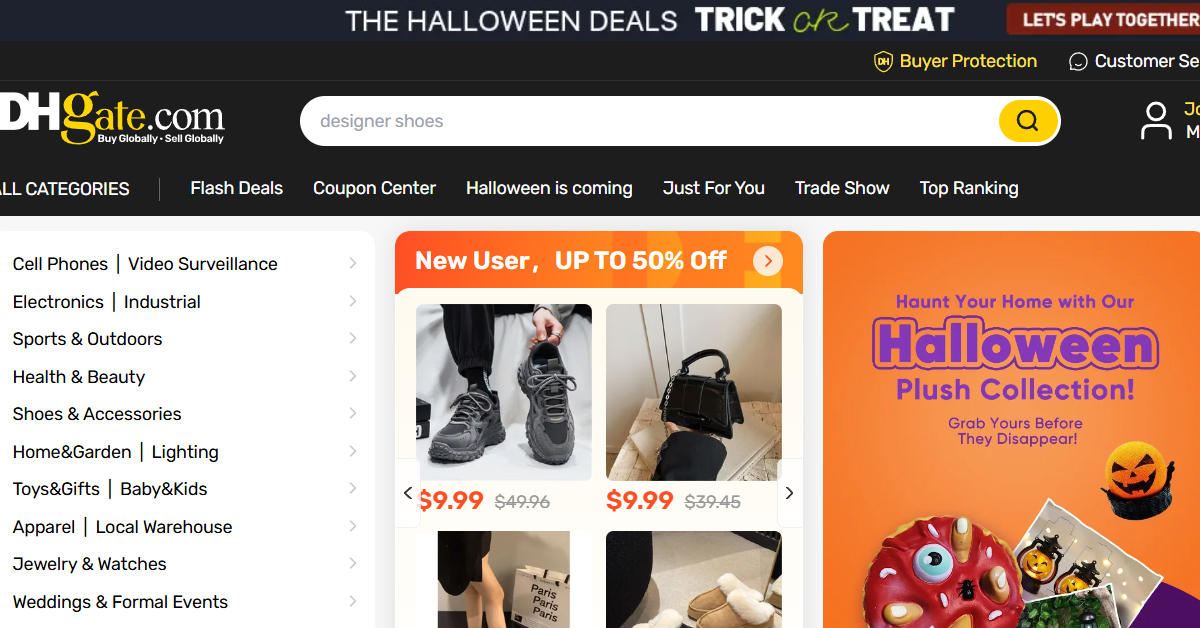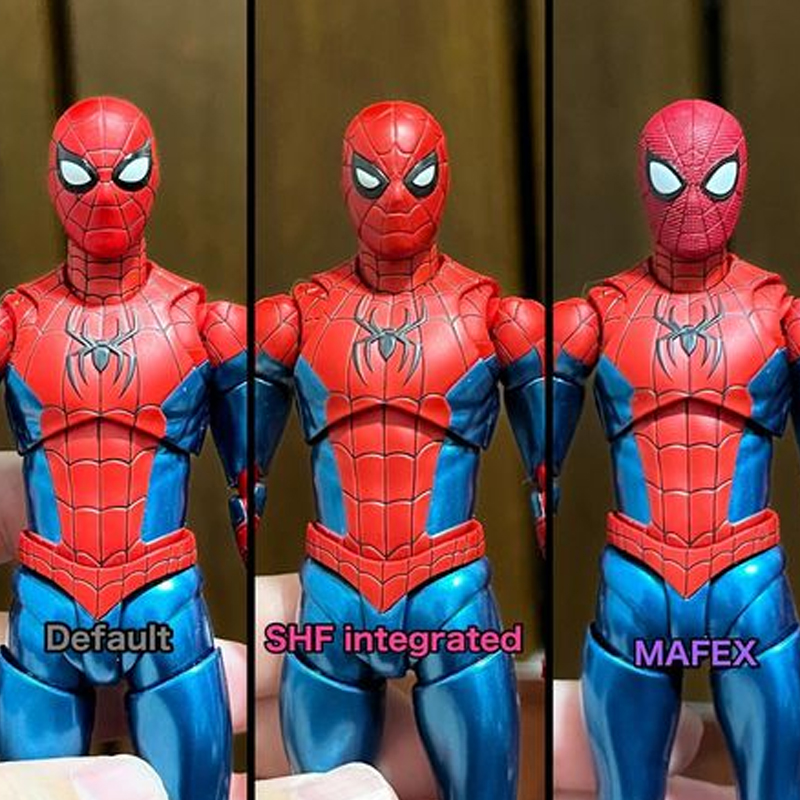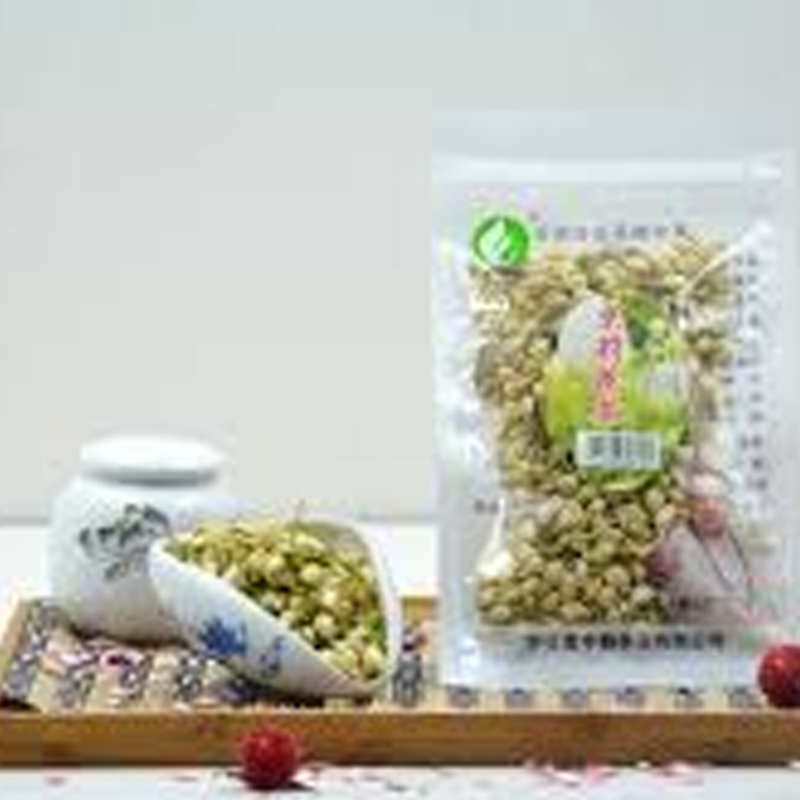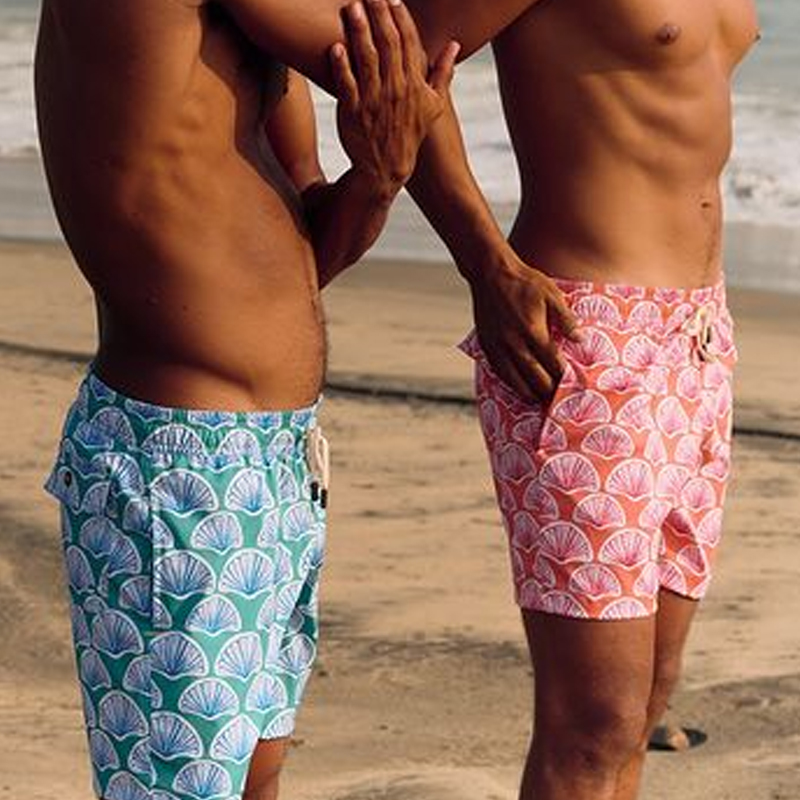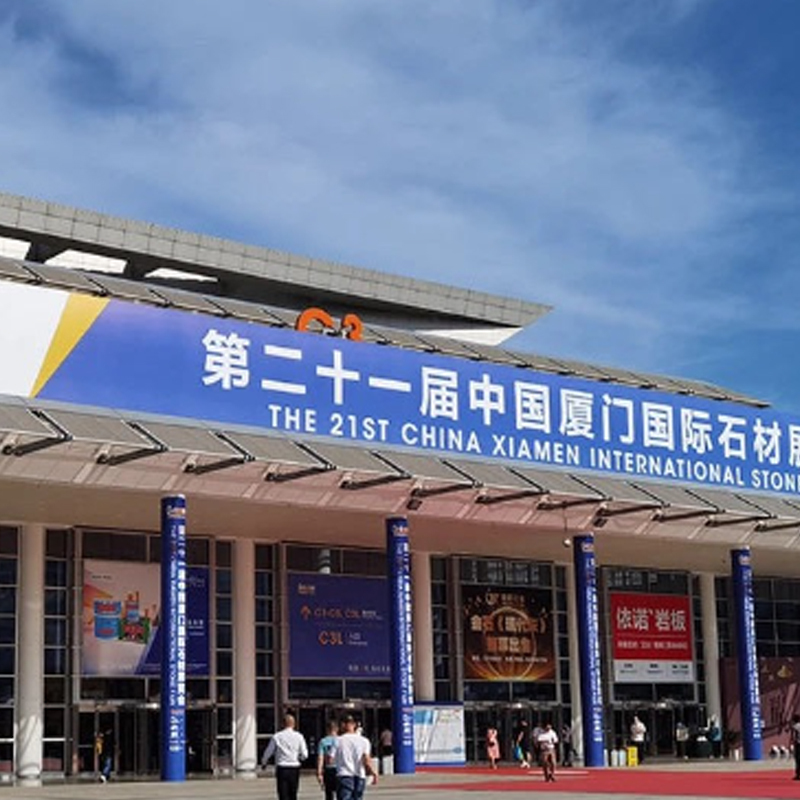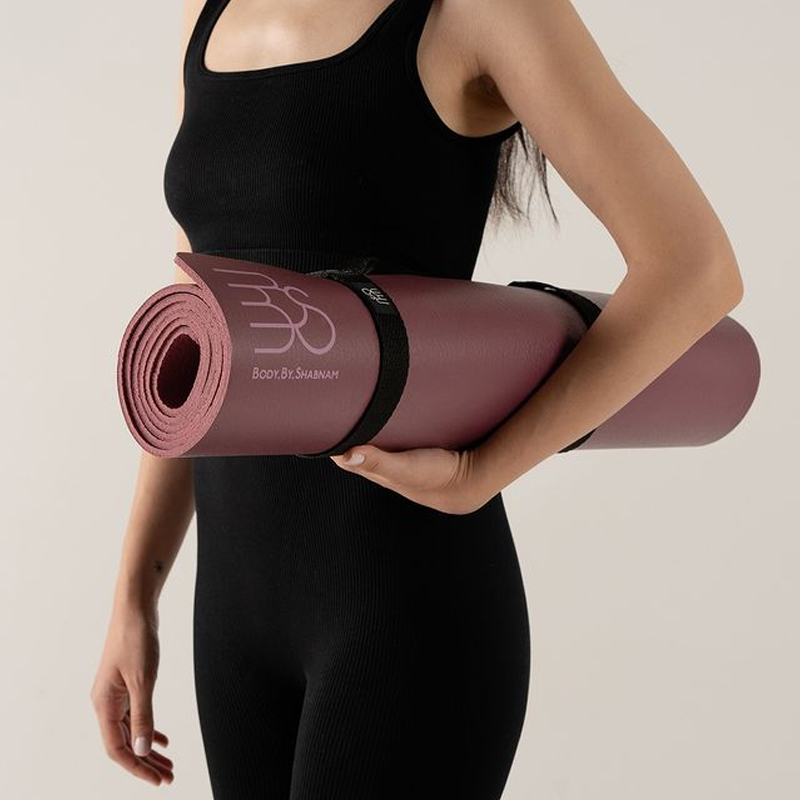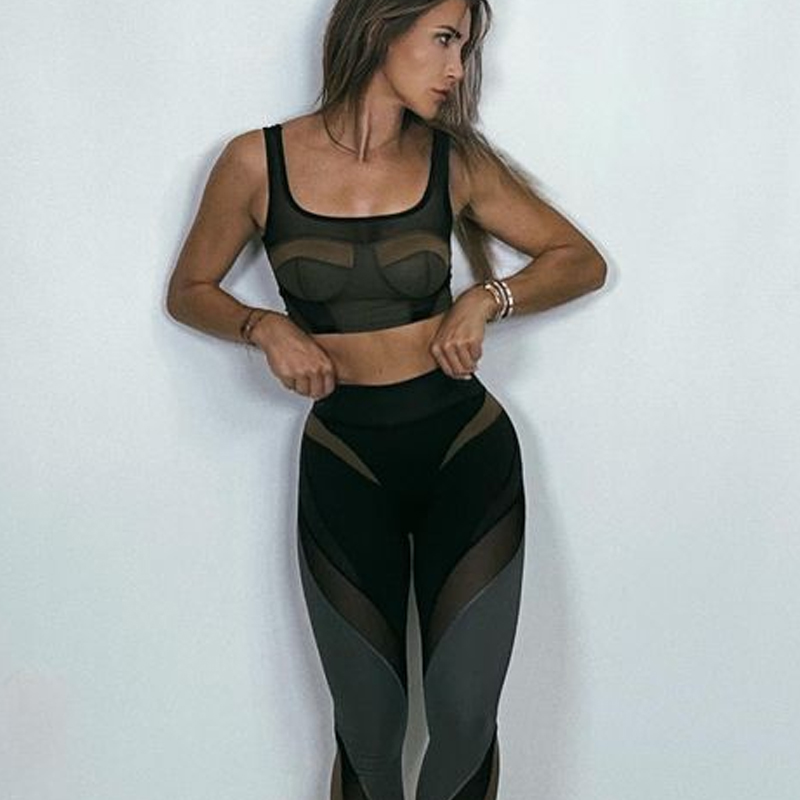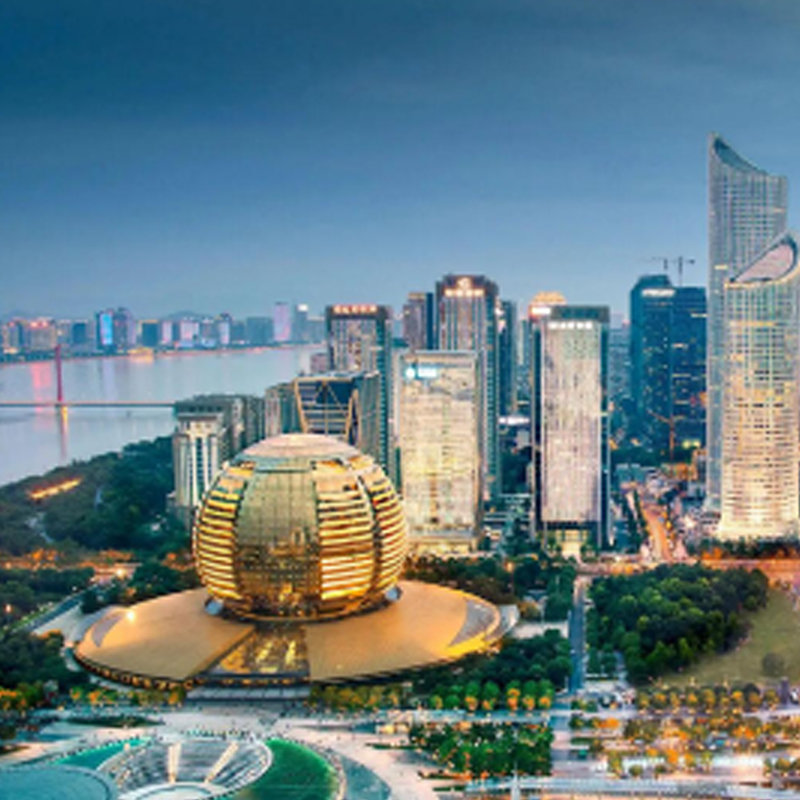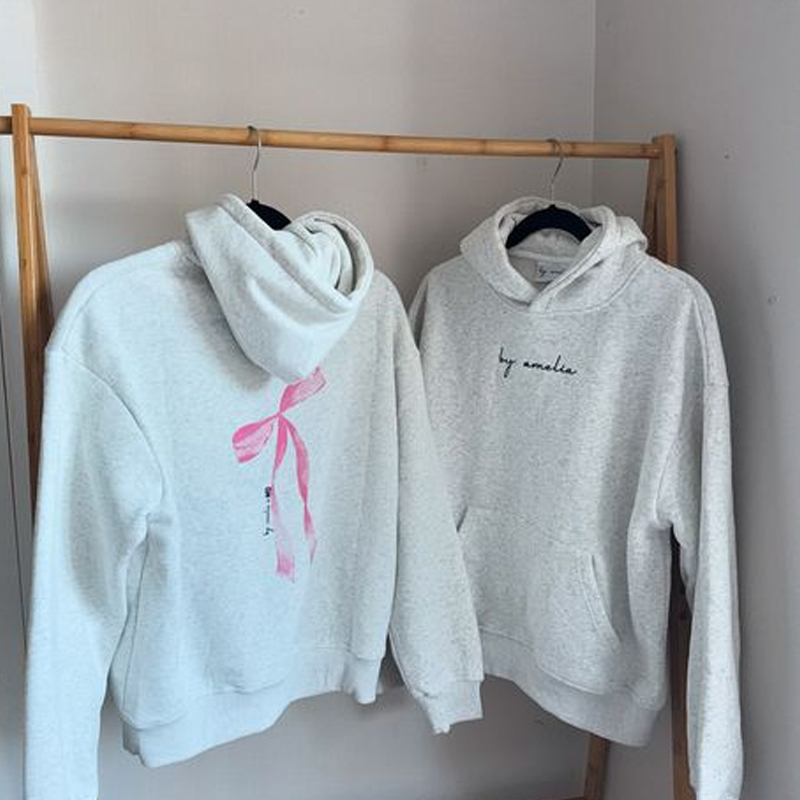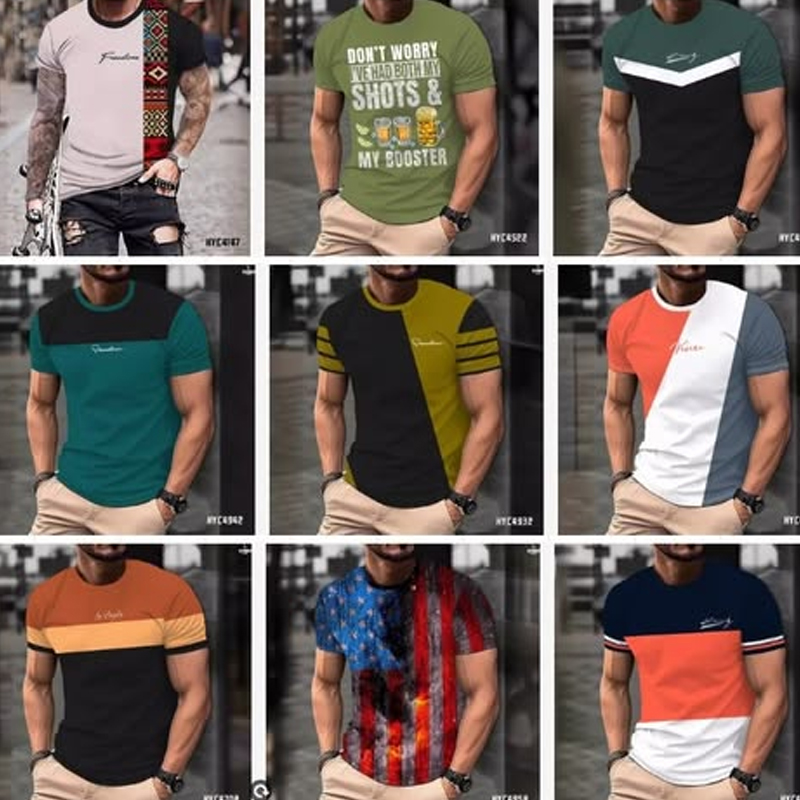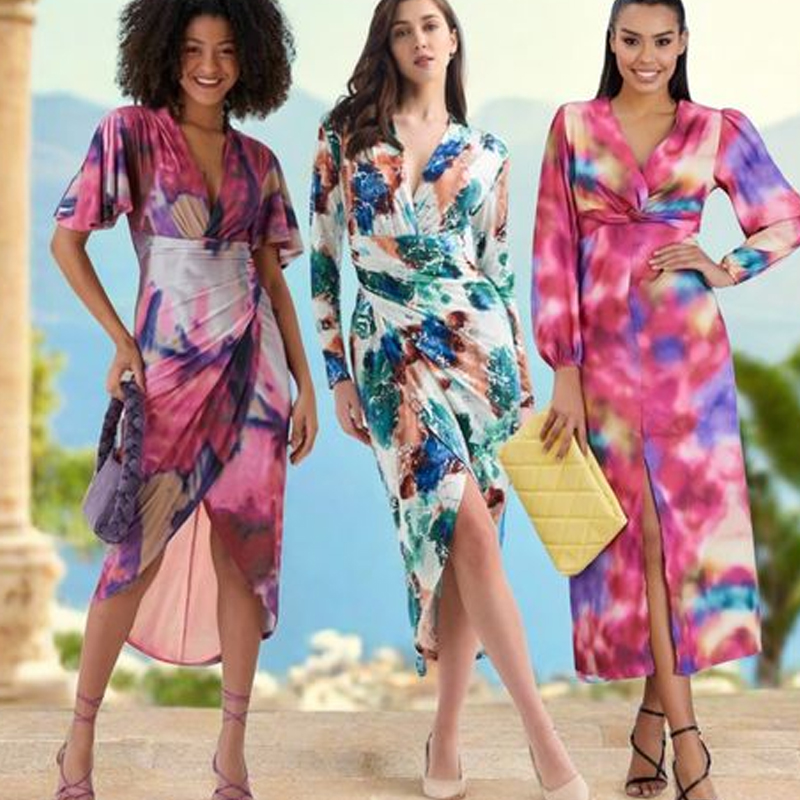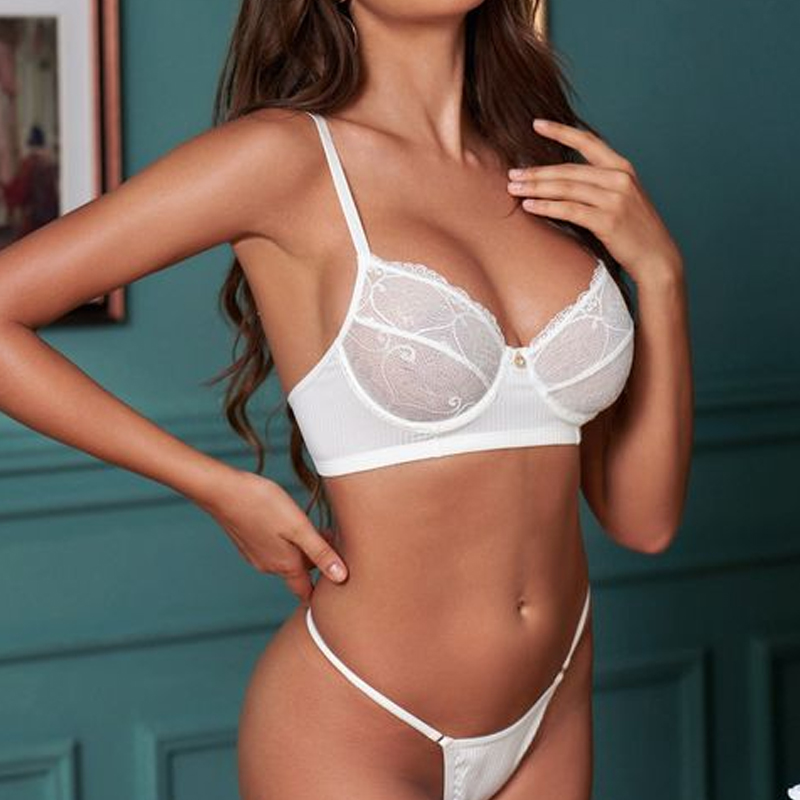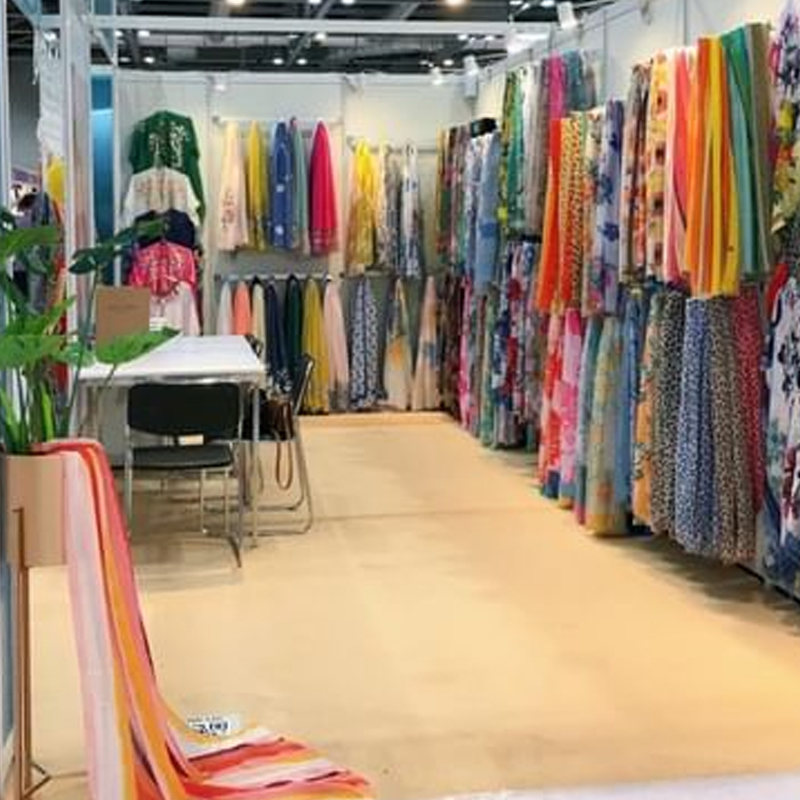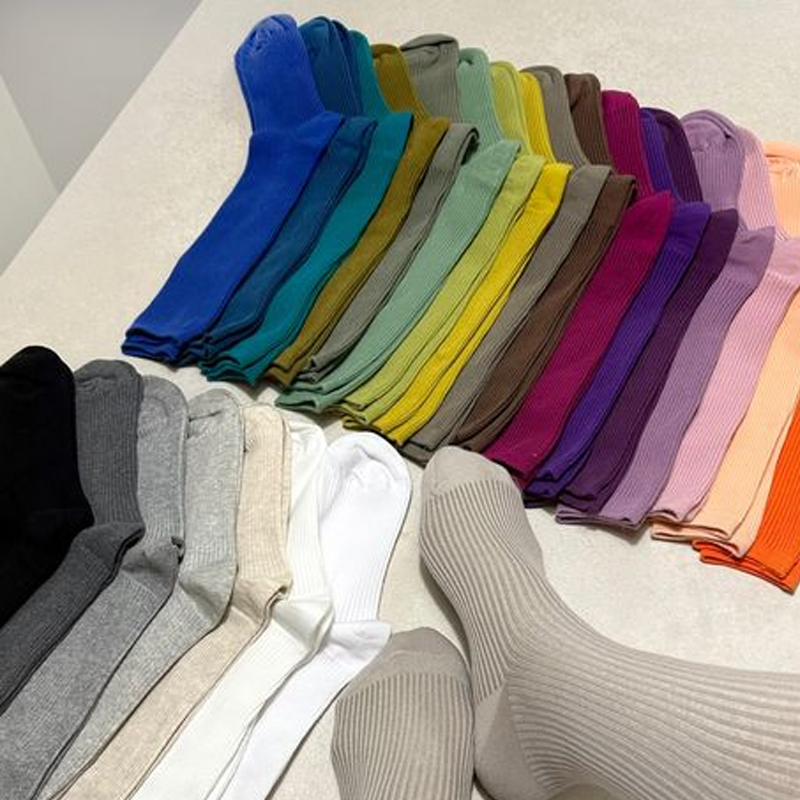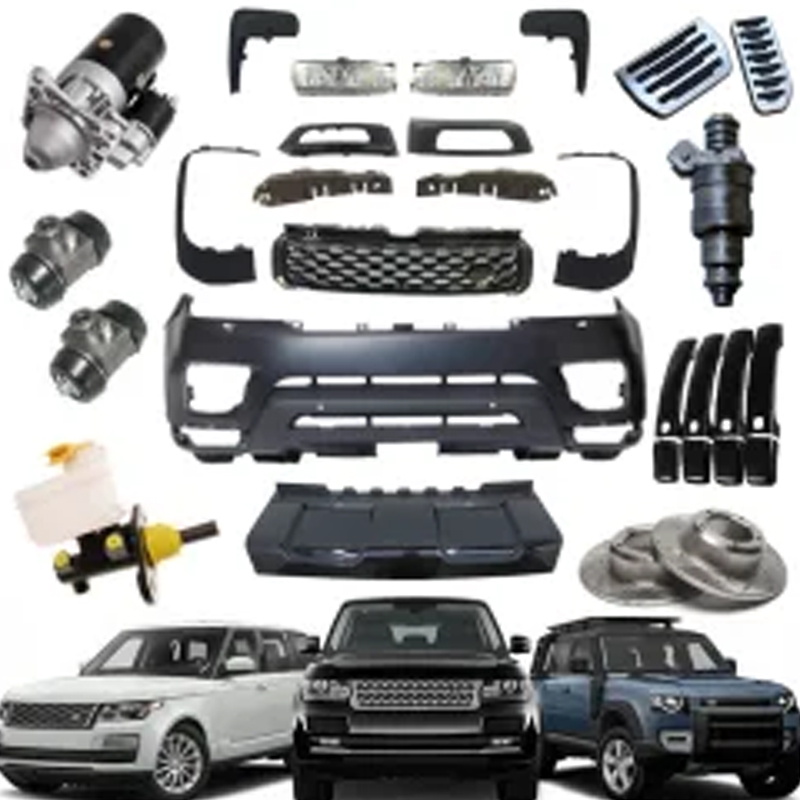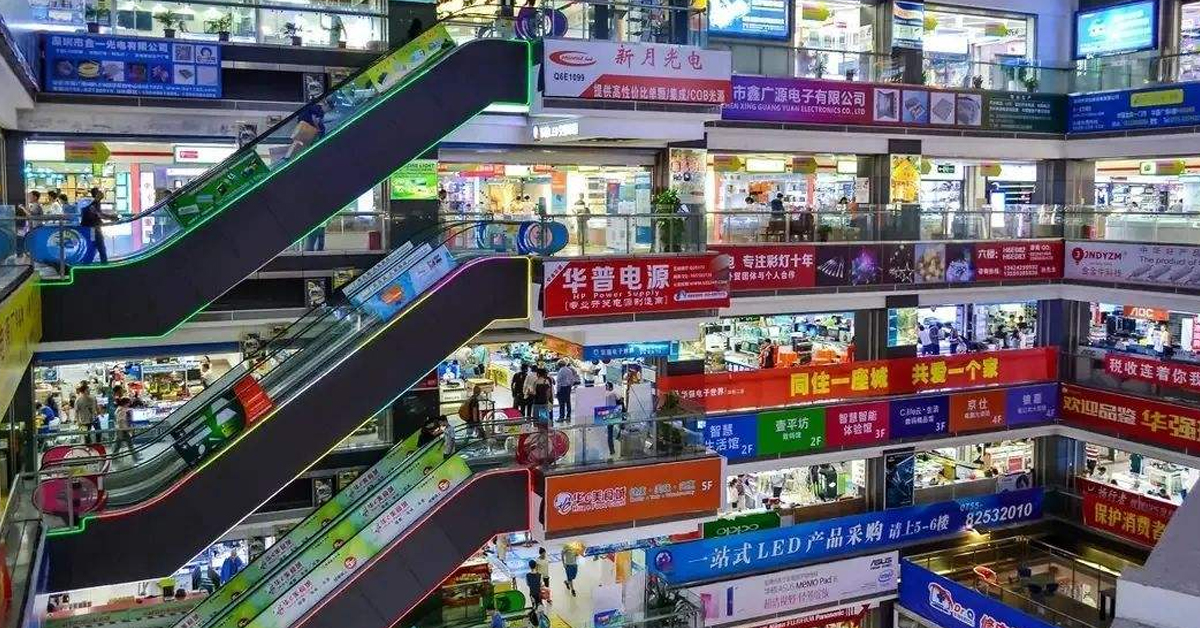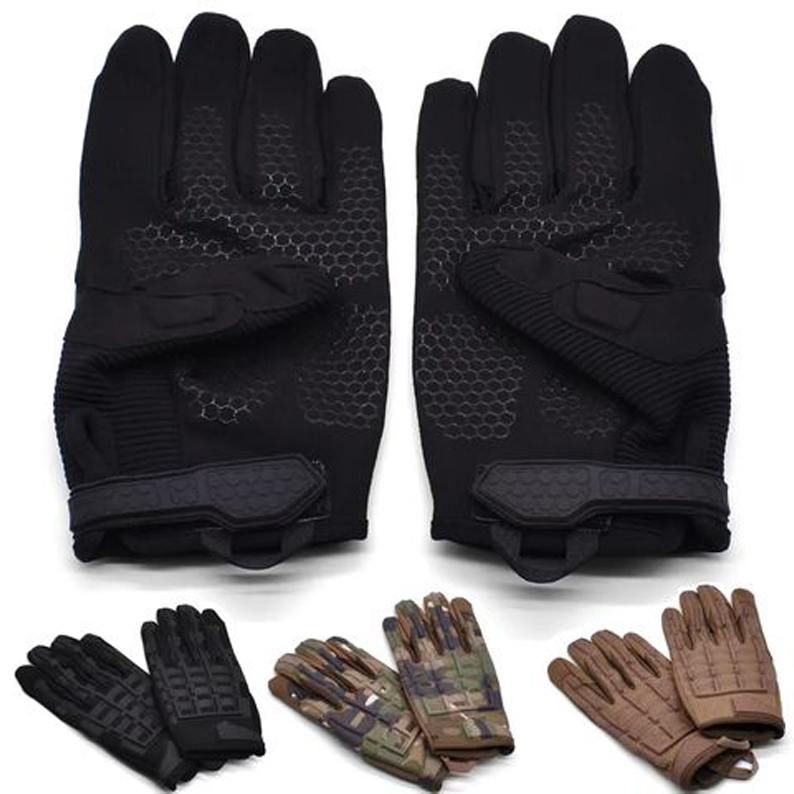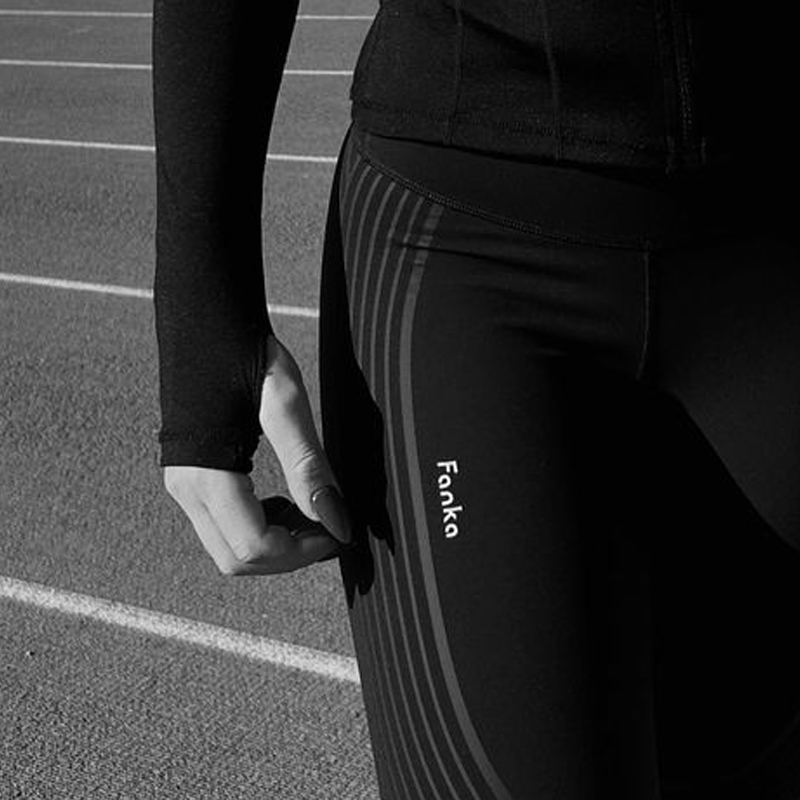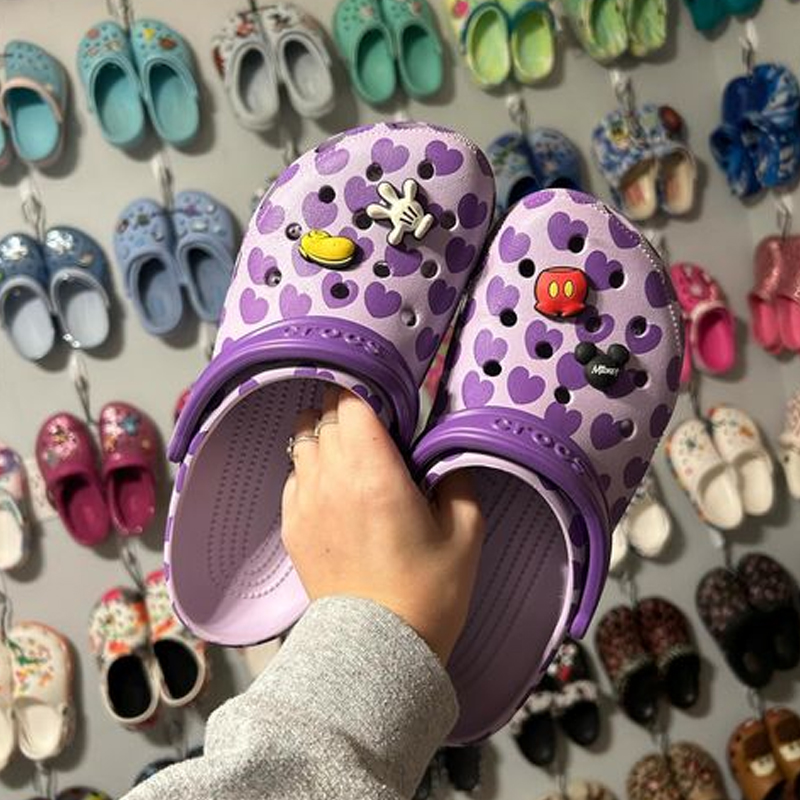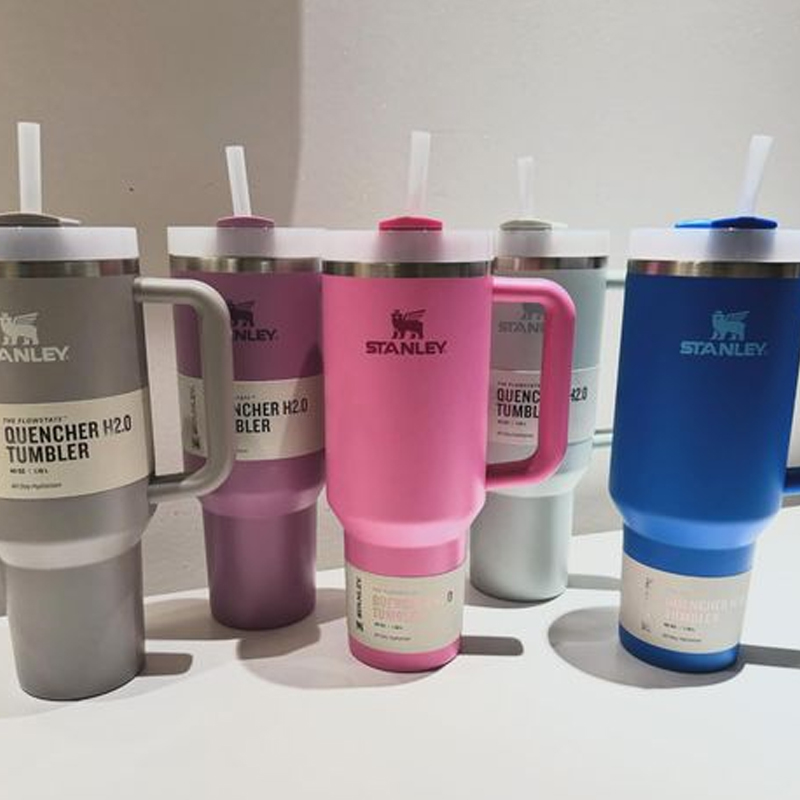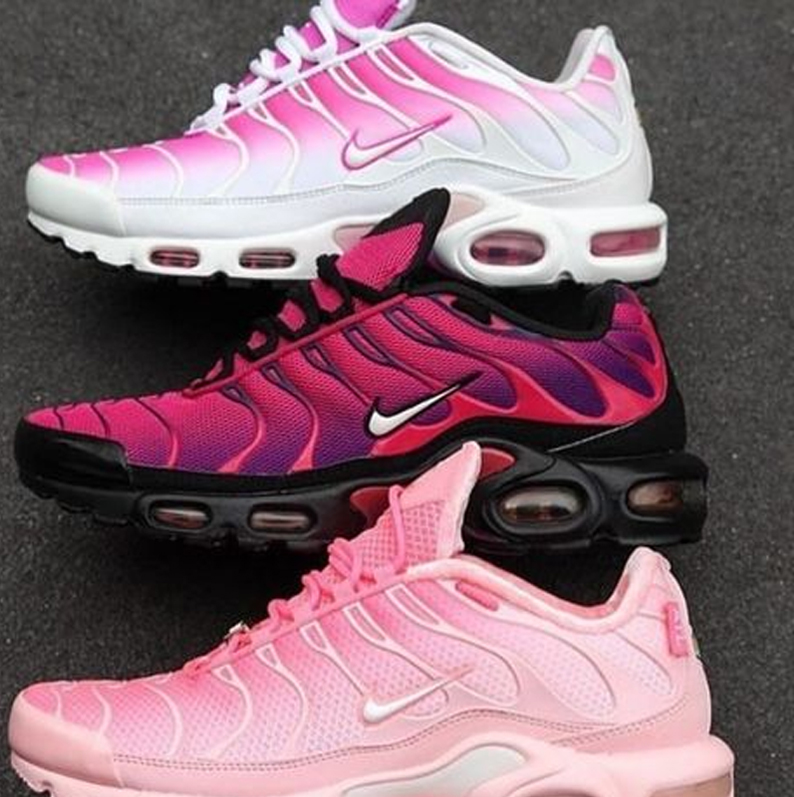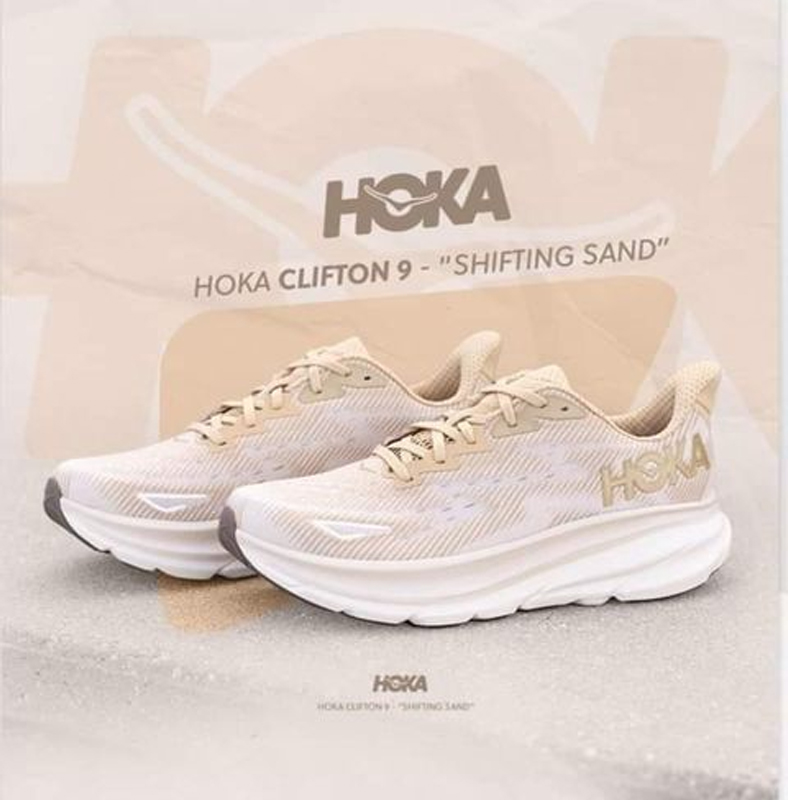Embarking on a private label leather brand journey is an exciting venture that combines artistry, business acumen, and a deep understanding of quality materials. This comprehensive guide will walk you through the intricate world of leather craftsmanship, from selecting the right suppliers to mastering tanning processes. Whether you’re a budding entrepreneur or an established business looking to expand, this article is your roadmap to success in the luxury leather goods market.
Key Takeaways: Your Leather Brand Success Blueprint
- Understand the importance of selecting the right leather suppliers
- Learn about various tanning processes and their impact on product quality
- Identify your target audience and tailor your product types accordingly
- Implement robust quality assurance measures
- Develop a competitive pricing strategy
- Optimize your supply chain for efficiency
- Create a strong brand identity that resonates with luxury consumers
- Stay ahead of design trends while maintaining timeless appeal
- Embrace sustainability in your leather production
How to Choose the Right Leather Suppliers for Your Brand?
Selecting the perfect leather supplier is crucial for the success of your private label brand. Look for suppliers with a proven track record of delivering high-quality materials consistently. Consider factors such as their reputation in the industry, the range of leather types they offer, and their ability to meet your specific requirements.
When evaluating potential suppliers, don’t hesitate to request samples and ask about their quality assurance processes. A reliable supplier should be transparent about their sourcing methods and willing to provide detailed information about the origin of their leather. Additionally, inquire about their customization options, as this can be a significant factor in creating unique products for your brand.
“The right supplier is not just a vendor, but a partner in your brand’s success story.” – Industry Expert
Understanding Tanning Processes: Which is Best for Your Products?
Tanning processes play a crucial role in determining the characteristics and quality of leather. The most common methods include vegetable tanning, chrome tanning, and combination tanning. Each process imparts unique properties to the leather, affecting its durability, texture, and environmental impact.
Vegetable tanning, for instance, uses natural tannins from plants, resulting in a more eco-friendly leather that develops a beautiful patina over time. Chrome tanning, on the other hand, produces softer, more flexible leather that’s often more water-resistant. Consider your product types and target audience when choosing the tanning process that aligns with your brand values and product requirements.
| Tanning Process | Characteristics | Best For |
|---|---|---|
| Vegetable Tanning | Eco-friendly, develops patina, firmer | Belts, bags, shoes |
| Chrome Tanning | Soft, flexible, water-resistant | Garments, upholstery |
| Combination Tanning | Balanced properties, versatile | Various applications |
What Product Types Should You Consider for Your Leather Brand?
The range of product types you offer can significantly impact your brand’s success. Consider starting with classic items like wallets, belts, and small leather goods before expanding into more complex products like bags and jackets. Your choice should be guided by your target audience’s preferences and lifestyle needs.
Don’t forget to explore niche markets or trending products. For example, tech accessories like leather phone cases or laptop sleeves can be lucrative additions to your product line. As you grow, consider offering gift options or limited-edition collections to create buzz and attract collectors.
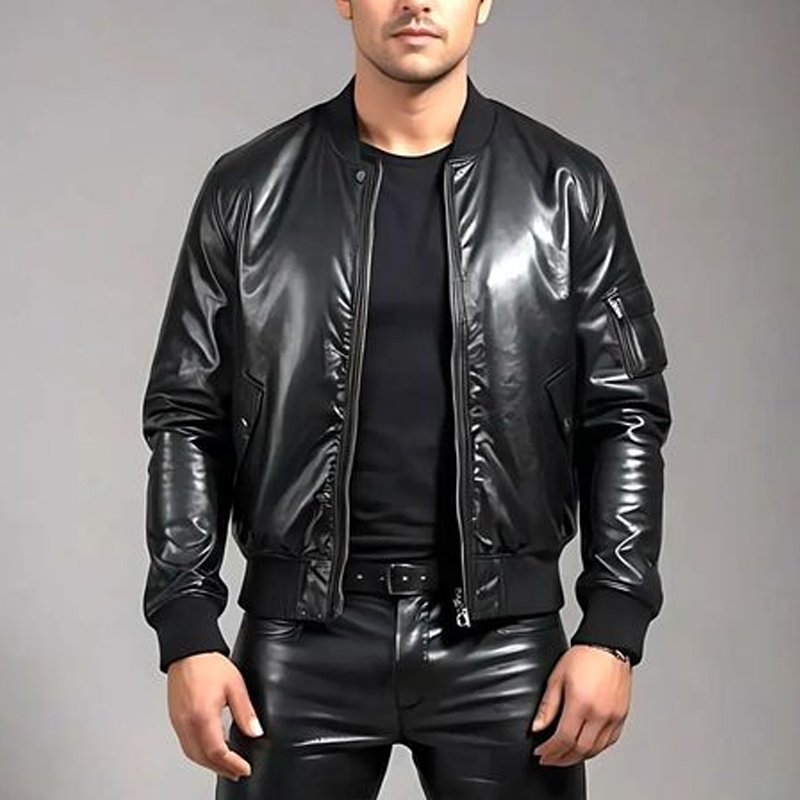
Who is Your Target Audience and How to Reach Them?
Identifying your target audience is crucial for tailoring your products, marketing strategies, and brand messaging. Are you targeting young professionals, luxury enthusiasts, or eco-conscious consumers? Understanding your audience’s demographics, preferences, and purchasing behaviors will help you create products that resonate with them.
Once you’ve defined your target audience, leverage various channels to reach them effectively. Utilize social media marketing to showcase your products and engage with potential customers. Collaborate with lifestyle influencers who align with your brand values to expand your reach. Don’t underestimate the power of high-quality product photography in attracting and converting customers, especially on e-commerce platforms.
How to Ensure Quality Assurance in Your Leather Products?
Maintaining consistent quality is paramount in the luxury leather goods market. Implement rigorous quality control measures at every stage of production, from raw material selection to final product inspection. Develop a comprehensive checklist that covers aspects like leather quality, stitching consistency, hardware durability, and overall finish.
Consider investing in training programs for your team to ensure everyone understands and adheres to your quality standards. Regular audits and third-party inspections can provide additional assurance. Don’t forget to gather and analyze customer feedback to continuously improve your products and address any issues promptly.
Developing a Competitive Pricing Strategy: What Factors to Consider?
Pricing your leather products correctly is a delicate balance between profitability and market competitiveness. Factor in costs such as raw materials, production, overhead, and marketing when calculating your base price. Research your competitors’ pricing to ensure you’re positioned appropriately within the market.
Consider offering different price points to cater to various customer segments. Premium, limited-edition pieces can command higher prices, while more accessible items can help broaden your customer base. Don’t forget to account for potential discounts, promotions, and retail partnerships in your pricing strategy.
Optimizing Your Supply Chain: From Raw Materials to Customer Delivery
An efficient supply chain is crucial for maintaining product quality, controlling costs, and ensuring timely delivery. Start by building strong relationships with your leather suppliers and other material providers. Implement robust inventory tracking systems to avoid stockouts or overstock situations.
Consider the benefits of various fulfillment methods, including in-house logistics, third-party fulfillment, or dropshipping. Each option has its pros and cons, so choose the one that best aligns with your business model and growth plans. Don’t forget to optimize your packaging design for both protection during shipping and to enhance the unboxing experience for your customers.
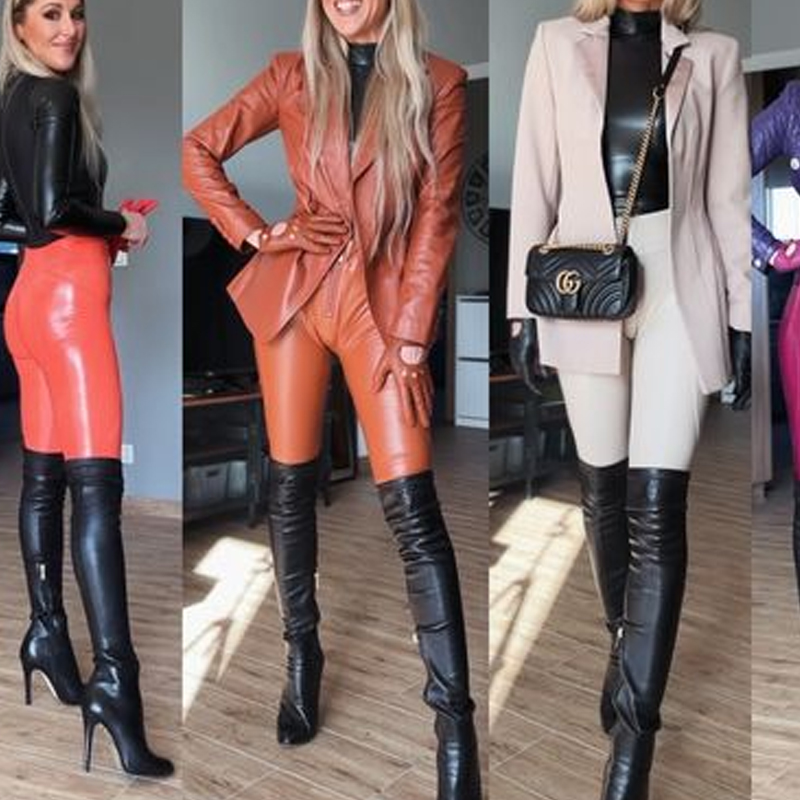
Creating a Strong Brand Identity: How to Stand Out in the Luxury Market?
Your brand identity is what sets you apart in the crowded luxury leather goods market. Develop a compelling brand story that highlights your unique selling propositions, whether it’s your commitment to traditional craftsmanship, innovative designs, or sustainable practices.
Consistency is key in building brand recognition. Ensure your logo, color palette, and overall aesthetic are cohesive across all touchpoints, from your products to your website and social media presence. Consider creating detailed care guides for your products, which not only helps customers maintain their purchases but also reinforces your brand’s commitment to quality and longevity.
What Design Trends Should You Follow or Set?
Staying abreast of design trends is crucial, but it’s equally important to establish your unique design language. Balance trendy elements with timeless design to create products that remain relevant beyond a single season. Pay attention to emerging trends in colors, textures, and silhouettes, but interpret them in a way that aligns with your brand identity.
Don’t underestimate the power of customization options in attracting customers who seek unique pieces. Consider offering personalization services or limited-edition collaborations with artists or designers to create buzz and exclusivity around your brand.
Embracing Sustainability: The Future of Leather Production
Sustainability is no longer optional in the luxury goods market; it’s a necessity. Explore eco-friendly leather alternatives or sustainable tanning processes that minimize environmental impact. Consider using recycled materials for lining materials or innovative, biodegradable packaging.
Transparency about your sustainability efforts can be a powerful marketing tool. Share your journey towards more sustainable practices with your customers, including any challenges and successes. This not only builds trust but also attracts environmentally conscious consumers to your brand.
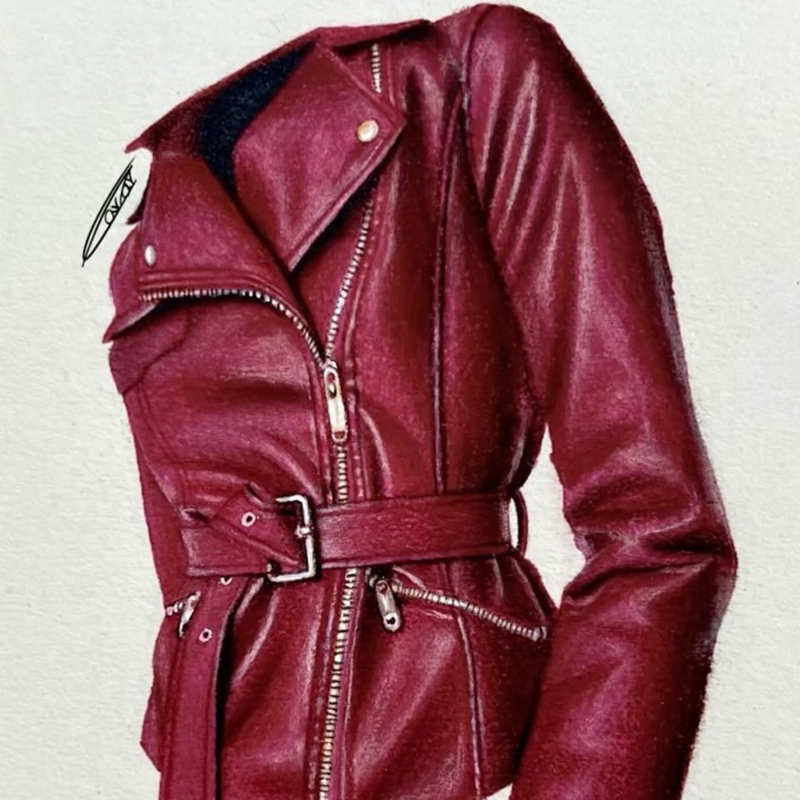
Sourcing Smarter: How Chinese Factories Can Support Your Leather Brand
When considering manufacturing partners for your leather brand, Chinese factories offer a compelling combination of craftsmanship, efficiency, and cost-effectiveness. Many Chinese manufacturers have decades of experience in leather goods production and have invested heavily in modern equipment and sustainable practices.
Working with Chinese factories can provide you with access to a wide range of hardware selection options and innovative materials. Their scale of operations often allows for more competitive pricing without compromising on quality. However, navigating the vast landscape of Chinese manufacturing can be challenging without the right guidance.
This is where BuyFromChinaDirect comes in. As experts in sourcing from China, we can help you find the perfect manufacturing partners for your leather brand. Our team understands the intricacies of leather production and can ensure that your quality standards are met while optimizing costs. By leveraging our expertise, you can focus on design and brand building while we handle the complexities of sourcing and production. Contact us to discover how we can support your private label leather brand journey and help you craft luxury products that stand out in the market.

